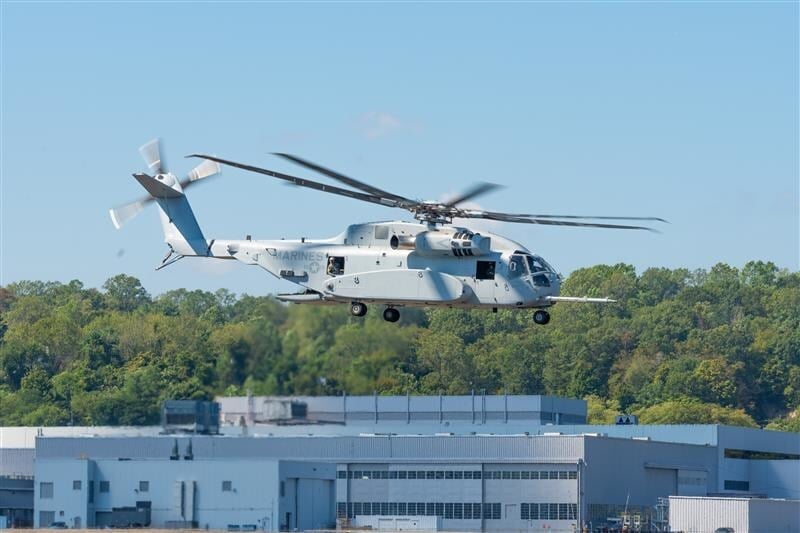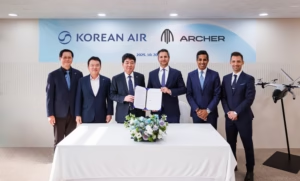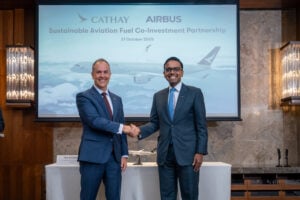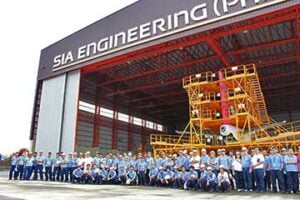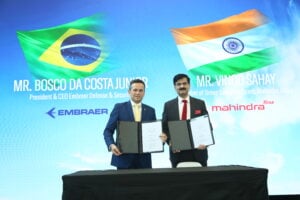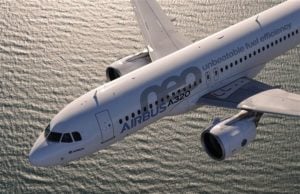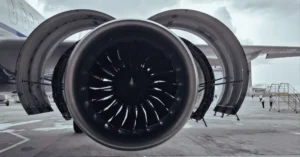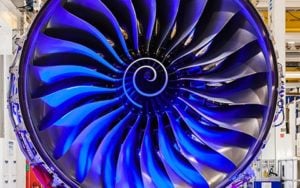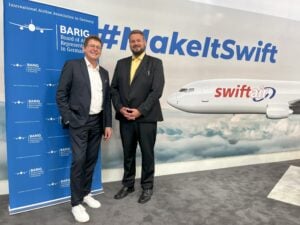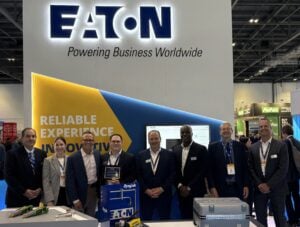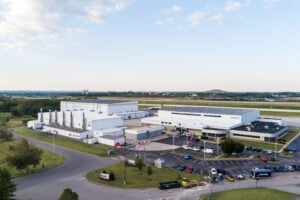Sikorsky, part of Lockheed Martin, has secured a US$10.855 billion contract from the US Navy to build up to 99 CH-53K King Stallion helicopters for the US Marine Corps, the largest order so far for the aircraft. The five-year agreement, running from 2029 to 2034, is designed to ensure steady deliveries of the Marine Corps’ most powerful heavy-lift helicopter while shoring up the American industrial base. It will sustain thousands of jobs at Sikorsky and throughout its nationwide network of suppliers.
The deal consolidates five separate procurement lots, numbers nine through thirteen, into a single multi-year contract. This approach guarantees price stability and a reliable flow of materials from a supply chain that spans 267 companies in 37 US states and a further 17 suppliers across eight countries. The agreement also provides the flexibility for the US government to redirect aircraft to international customers if required.
To date, Sikorsky has handed over 20 helicopters to the Marine Corps, while another 63 are at various stages of production and assembly under previous contracts. The latest award secures the next wave of manufacturing, ensuring continuity of output well into the next decade. Colonel Kate Fleeger, programme manager for the H-53 Heavy Lift Helicopter office, described the deal as a major achievement, stressing that combining orders will reduce supplier costs and deliver savings to the government. She added that the arrangement guarantees predictable delivery schedules and a smooth transition from the older CH-53E to the CH-53K fleet.
The Marine Corps has already transitioned one operational squadron to the new helicopter, with additional aircraft flying in developmental, testing and training units. The CH-53K was built to meet the demands of modern combat, with the capacity to transport troops, equipment and heavy supplies across contested environments while remaining survivable.
This record-breaking order cements the King Stallion’s place at the centre of the Marine Corps’ future heavy-lift capability and secures a production base that will underpin both military readiness and industrial strength for years to come.

